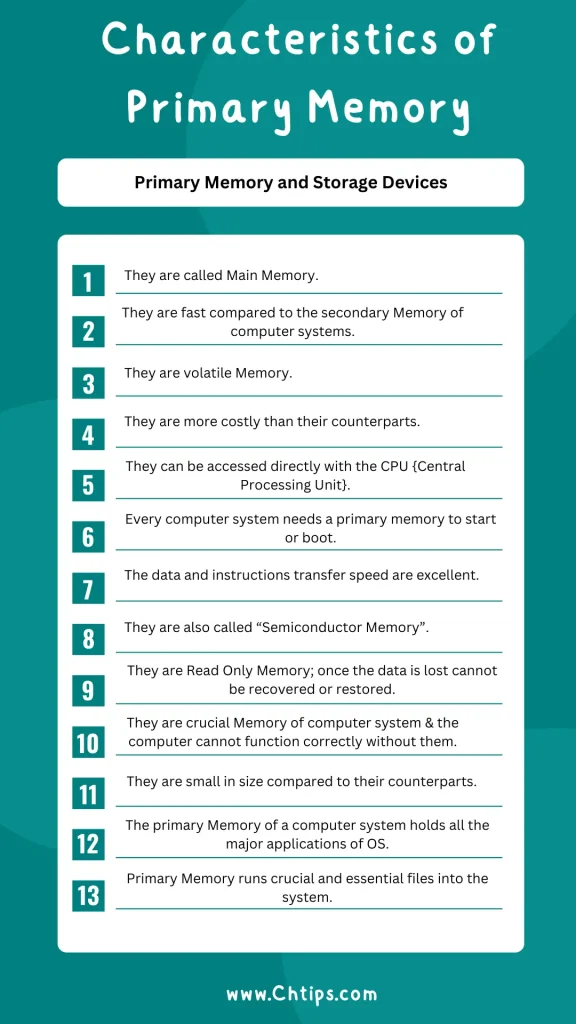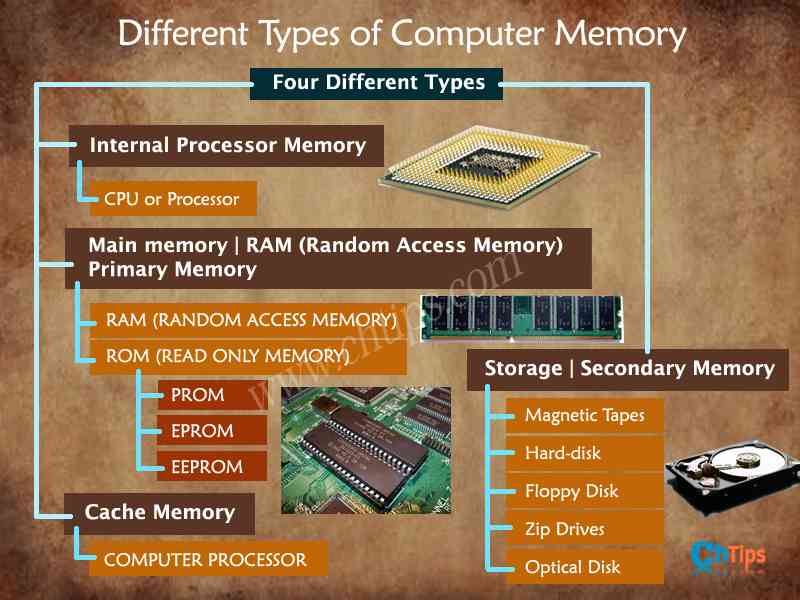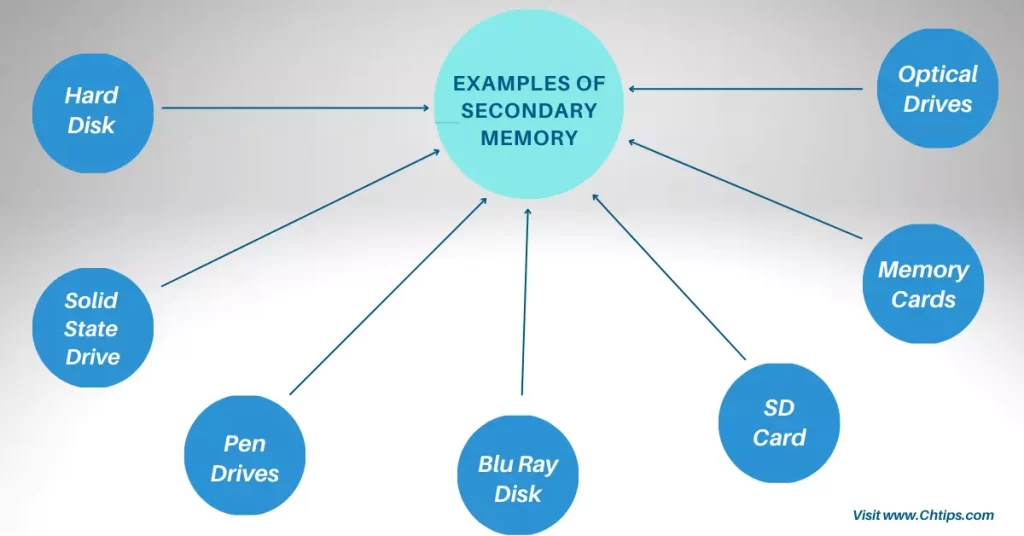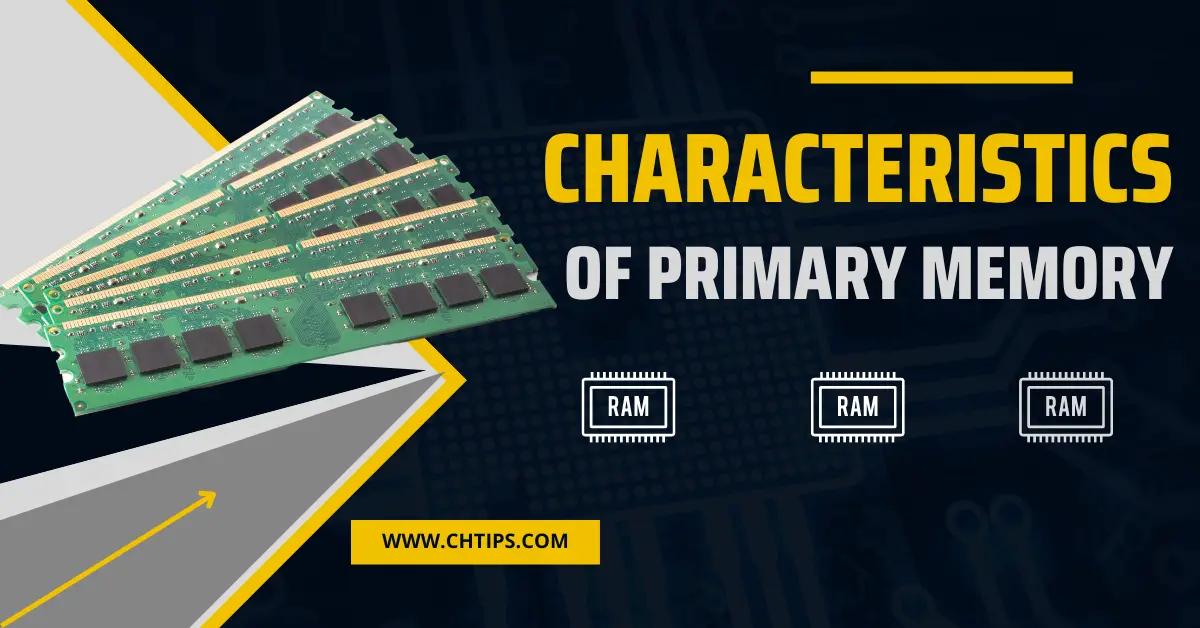It was in the early 1970s when Dan Barber, then at Xerox PARC, first came up with the idea of using primary Memory in computing.
At the time, computers used a combination of vacuum tubes and transistors to store data.
This led to many problems that were eventually solved by switching to primary Memory.
Some excellent Characteristics of Primary Memory and Storage Devices made them very popular in the computer industry.
What is Primary Memory in Computer System
A computer’s primary Memory is the Memory the computer uses to store data.
It is also called its operating system's "root" or "initialization" page.
This page is where the computer sets up its resources, such as the CPU, disk space, and registers.

A computer’s primary Memory is also where it stores its data, which can include programs and data stored on other devices such as a hard drive.
Primary Memory is also known as “Volatile Memory”. They are also called “Temporary Memory” and “Read Only Memory”.
The data, information, and instruction are erased from primary Memory when there is a power failure or loss of electricity, or computer restarts or shutdowns.
The data, once lost, cannot be retrieved or recalled.
The primary Memory of computer systems is also called “Internal Memory” or “Main Memory”.
The data access and transfer speed of primary Memory is incredible compared to the secondary Memory of a computer system.
The data storing capacity of primary Memory [RAM] is less compared to secondary Memory of computers like hard disk and SSD
Primary Memory is more expensive than secondary Memory, also called “Semiconductor Memory”.
Characteristics of Primary Memory and Storage Devices in Table Form
| # | Characteristics of Primary Memory |
| 1 | They are called Main Memory. |
| 2 | They are fast compared to the secondary Memory of computer systems. |
| 3 | They are volatile Memory. |
| 4 | They are more costly than their counterparts. |
| 5 | They can be accessed directly with the CPU {Central Processing Unit}. |
| 6 | Every computer system needs a primary memory to start or boot. |
| 7 | The data and instructions transfer speed are excellent. |
| 8 | They are also called “Semiconductor Memory”. |
| 9 | They are Read Only Memory; once the data is lost cannot be recovered or restored. |
| 10 | They are crucial Memory of computer system & the computer cannot function correctly without them. |
| 11 | They are small in size compared to their counterparts. |
| 12 | The primary Memory of a computer system holds all the major applications of OS. |
| 13 | Primary Memory runs crucial and essential files into the system. |
Characteristics of Primary Memory and Storage Devices Using Image

Different Types of Primary Memory

There are three different types of primary Memory
- Internal Memory
- External Memory
- Cache Memory
Examples of Primary Memory
- RAM
- ROM
- SDRAM
- DRAM
- SRAM
- PROM
- EPROM
- EDORAM
- DDR SDRAM
Uses of Primary Memory
- Loads essential system files that are very necessary for computer startup or booting.
- Primary Memory is responsible for the speed of the computer.
- The data transfer and exchange are done with the help of primary Memory.
- Stores crucial operating system files.
Primary Memory Manufacturing Companies
| 1 | Corsair. |
| 2 | Kingston. |
| 3 | G.SKILL. |
| 4 | Transcend. |
| 5 | IBM. |
| 6 | ADATA |
| 7 | Crucial |
| 8 | EVM |
What is Secondary Memory?
Secondary Memory is a type of non-volatile Memory. The data and information is preserved when there is a power loss.
They are slower compared to primary Memory. They can store a massive amount of data almost permanently.
Secondary Memory in the Computer is a critical part of our memory system and helps us remember information.

It helps us store data, access it quickly, and track where we left off in a project. And guess what—secondary Memory is also responsible for our attention span.
Secondary Memory is essential to success if you want to be more efficient and focused when working.
Secondary Memory is a type of computer memory that can be used to store data that has already been processed and stored in main Memory.
This data can be used to speed up or save your computer’s time while you are working on a task, or it can also help you remember information that has been learned in the past.
One common use for secondary Memory is to store information that has already been processed and stored in main Memory.
Secondary Memory can also help you remember information learned in the past.
For example, if you have a list of facts you need to remember for an upcoming test, secondary Memory could help you keep track of the information and remember it better.
Secondary Memory can also be used to speed up or save your computer’s time while you are working on a task, or it can be used to help you remember information that has been learned in the past.
For example, if you have a list of facts you need to remember for an upcoming test, secondary Memory could help you keep track of the information and remember it better.
In addition, secondary Memory can also be helpful when working with large files or when trying to understand unfamiliar terms.
By storing all of this crucial data in secondary Memory, your computer will be able to process it faster and more efficiently.
Different Types of Secondary Memory
- Hard Disk
- Solid-State Drive
- Pen Drive
- Blu Ray Disk
- SD Card
- CD Drive
- DVD Drive
- Memory Cards
- Floppy Disks
- Disk Packs
- Paper Storage (Punched Tapes, Punched Cards)
- Magnetic Tapes

People Are Also Reading
- Functions of Primary Memory
- 10+ Characteristics of Secondary Storage Devices
- Different Types of Secondary Memory in Computer
- What is a Computer Memory Definition and Their Types
- Advantages and Disadvantages of Cache Memory
- Types of Floppy Disk in Computer
- 12 Examples of Secondary Memory in Computer System
- Is Floppy Disk a Secondary Device in Computer Storage
- What is Buffered Memory and Their Differences
- Characteristics of Virtual Memory in Computer
- Differences Between Internal And External Memory
- What is Volatile Storage Devices
- What are Optical Input Devices
- Computer Basic Tutorials
Difference Between Primary Storage and Secondary Storage
| # | Primary Memory | Secondary Memory |
| 1 | They are volatile in nature. | They are non-volatile. |
| 2 | They are costly. | They are not that costly compared to their counterparts. |
| 3 | They cannot store massive data and information. | They can save enormous data. |
| 4 | They are faster. | They access data and information slowly. |
Frequently Asked Questions [FAQs]
Which Memory has the highest speed?
Cache Memory
Which is the Smallest Memory Unit?
Byte
What is the Slowest Memory?
Secondary Memory
Which Unit is the largest Memory?
One Yottabyte is equal to 1 000 Zettabytes.
Which is slower, RAM or ROM?
ROM is slower than RAM
2 Examples of Primary Storage Devices
RAM [Random Access Memory] and ROM [Read Only Memory].
Get In Touch
I have also written and compiled some articles on computers and telecommunications, and please go through them.
I hope you will like reading it.
All the questions and queries related to characteristics of primary memory and storage devices in list form with examples, types and images have been answered here.
Don’t hesitate to contact me, and if you need to add, remove or update anything from the article, please let me know in the comment section or via Email.
I will be more than happy to update the article. I am always ready to correct myself.
I would like you to share this article with your friends and colleagues; this motivates me to write more on related topics.
!!! Thank You !!!
